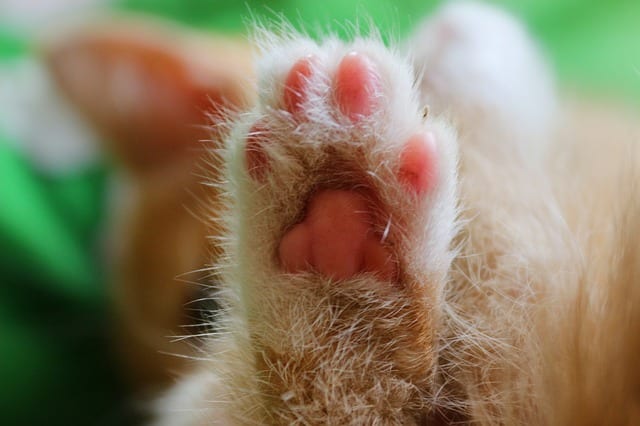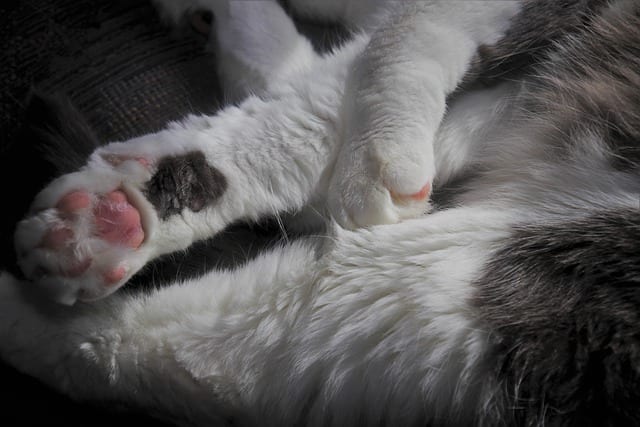People who have had cats for many years find themselves surprised by something their cat does from time to time, and it can be even stranger when you realize that there is something about your cat’s appearance that has been there all the time but you have never noticed before!
This is exactly the kind of thing many cat owners think when they see their cats have whiskers on their paws! If you have never noticed this, take a look at your cat, you will notice that they have whiskers exactly like the ones on their eyebrows and chin, but that grow from the inside back of the paws around the spurs.
While most cat owners have at least a basic understanding of the functions of whiskers on their cat’s faces, the question of what whiskers do on their paws and whether they have a function is something that many people have no answer for!
In this article, we will look at the different functions of whiskers on cat paws in more detail, and what they do for your cat. Read on to learn more.
Get to know the Whiskers a little more
The whiskers on the cat’s paws are called carpal mustache, and all the whiskers are known by the technical term of whiskers , and are different from the cat’s fur both in terms of both structure and function.
While the mustache itself is not alive, like the hair, the follicles that contain the mustache are in the most nerve-rich and sensitive areas of the body, meaning that even the slightest contact with the mustache sends feedback to the skin. which tells cats a lot about the environment around them.
When it comes to facial whiskers, this all makes sense – facial whiskers help cats gauge the spaces they move through, and if there are any obstacles.
Also, the length of the cat’s whiskers protruding from their faces is roughly equivalent to the width of their girth and cats can use this information to judge whether a space is large enough for them to cross before committing to trying to cross a passage. , or risk getting stuck!
The whiskers on the paws
The whiskers on the paws of the cat do not help them to analyze the space they are about to pass through or from sensory inputs from their surroundings, however, the whiskers of the paws are important for cats when it comes to catching and holding their prey!
While today’s domestic cats do not, of course, have to hunt for food, many still do so by choice, and even if cats have never hunted and do not have the evolutionary drive to do so, it would still take tens or even hundreds of them. generations of cats to make their paw whiskers obsolete and not make them grow.
The essential function of the whiskers on any part of the body is to give stimulating feedback to the cat and the whiskers of the front legs are no different! They help make up for the fact that cats don’t have a particularly strong short vision, which means that when a cat is incredibly close to something, as prey in front of them or they are attempting to catch, they won’t be able to see any.
The whiskers of the forelegs also lend a hand in this, again letting the cat know where and how the prey is moving, without seeing it. This can, of course, make the difference between a successful catch, and going home hungry!

However, due to the carpal whiskers on the inner side of the forelegs, the nerves that connect them to the body provide sensory feedback to the cat about the location of the prey they hunt or have caught, which allows the cat to know where it needs to be. grab or bite the animal.
Even once the prey has been caught and is in the process of being brought home, these whiskers let the cat know how much the prey is struggling, or if it is twisting to try to escape or bite the cat, allowing them to behave as necessary.
Additionally, when cats kill their prey, they often use their hind legs to gut the prey by grabbing it with their front legs and kicking with their hind legs so that the claws tear off its soft underside.
If you’ve ever stroked your cat’s belly only to see it grab your arm with its front legs and start kicking and scratching you with its hind legs, you’ve seen this mechanism in action!


